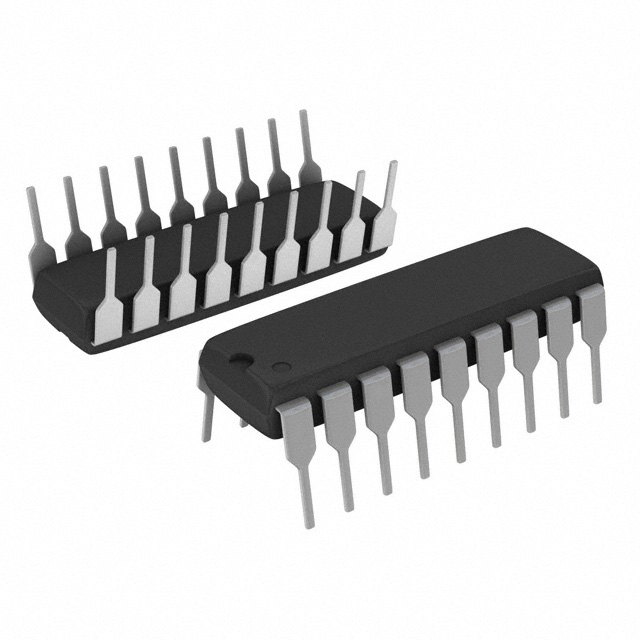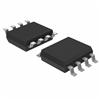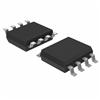Features: Sample Rate: 250ksps
Single 5V Supply
Bipolar Input Range: 10V
Signal-to-Noise Ratio: 90dB Typ
Power Dissipation: 75mW Typ
Integral Nonlinearity: 2.0LSB Max
Guaranteed No Missing Codes
Operates with Internal or External Reference
Internal Synchronized Clock
28-Pin SSOP Package
Improved 2nd Source to AD976A and ADS7805ApplicationIndustrial Process Control
Multiplexed Data Acquisition Systems
High Speed Data Acquisition for PCs
Digital Signal ProcessingPinout SpecificationsVANA .......................................................................... 7V
SpecificationsVANA .......................................................................... 7V
VDIG to VANA ........................................................... 0.3V
VDIG ........................................................................... 7V
Ground Voltage Difference
DGND, AGND1 and AGND2 .............................. 0.3V
Analog Inputs (Note 3)
VIN ..................................................................... 25V
CAP ............................VANA + 0.3V to AGND2 0.3V
REF....................................Indefinite Short to AGND2
Momentary Short to VANA
Digital Input Voltage (Note 4)........VDGND 0.3V to 10V
Digital Output Voltage........VDGND 0.3V to VDIG + 0.3V
Power Dissipation..............................................500mW
Operating Ambient Temperature Range
LTC1606AC/LTC1606C............................0 C to 70 C
LTC1606AI/LTC1606I......................... 40 C to 85 C
Storage Temperature Range................. 65 C to 150 C
Lead Temperature (Soldering, 10 sec)..................300 CDescriptionThe LTC 1606 is a 250ksps, sampling 16-bit A/D con-verter that draws only 75mW (typical) from a single 5V supply.This easy-to-use device includes sample-and-hold, precision reference, switched capacitor successive approximation A/D and trimmed internal clock.
The LTC1606's input range is an industry standard 10V. Maximum DC specs include 2.0LSB INL and 16 bits no missing codes over temperature. An external reference can be used if greater accuracy over temperature is needed.
The 90dB signal-to-noise ratio offers an improvement of 3dB over competing devices, and the RMS transition noise
is reduced (0.65LSB vs 1LSB) relative to competitive parts.
The ADC has a microprocessor compatible, 16-bit or two byte parallel output port. A convert start input and a data
ready signal (BUSY) ease connections to FIFOs, DSPs and microprocessors.

 LTC1606 Data Sheet
LTC1606 Data Sheet








